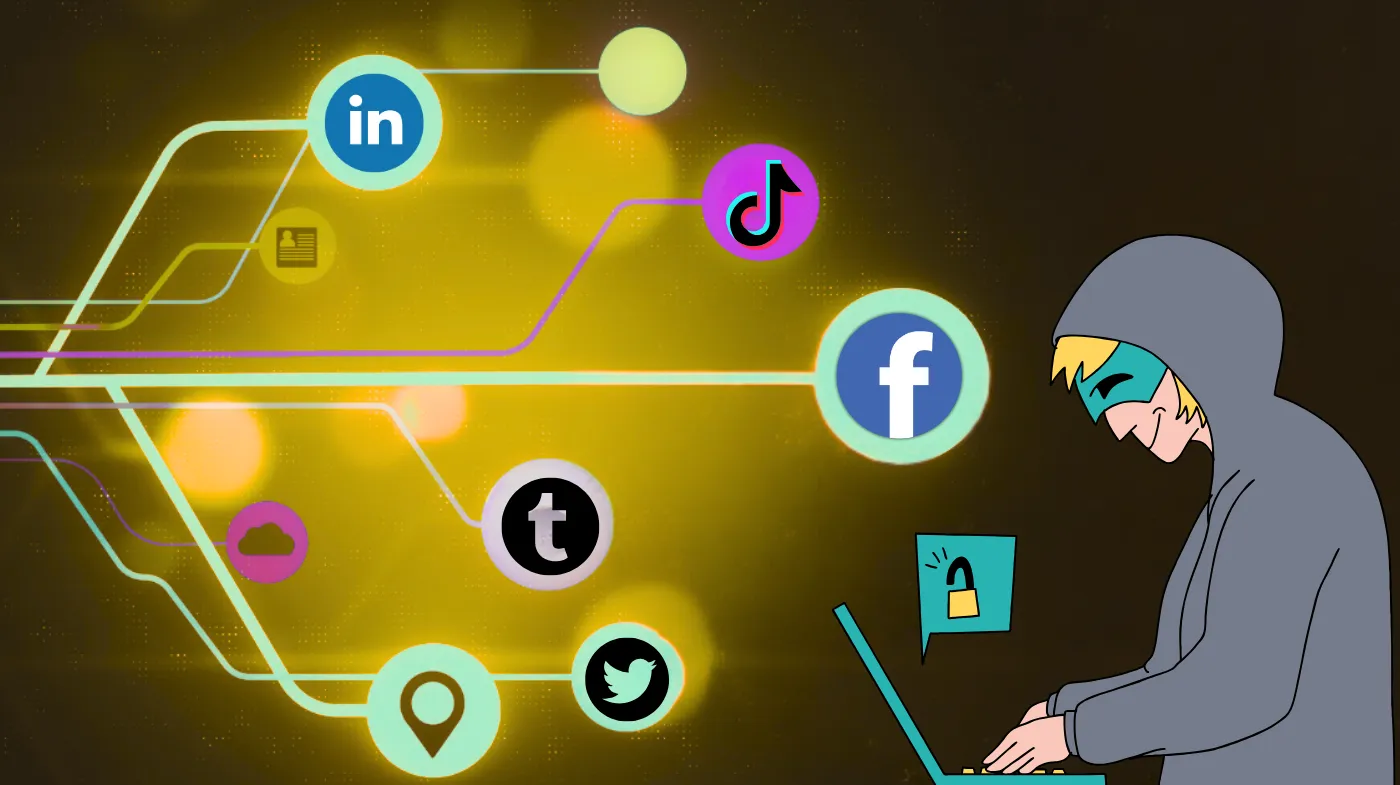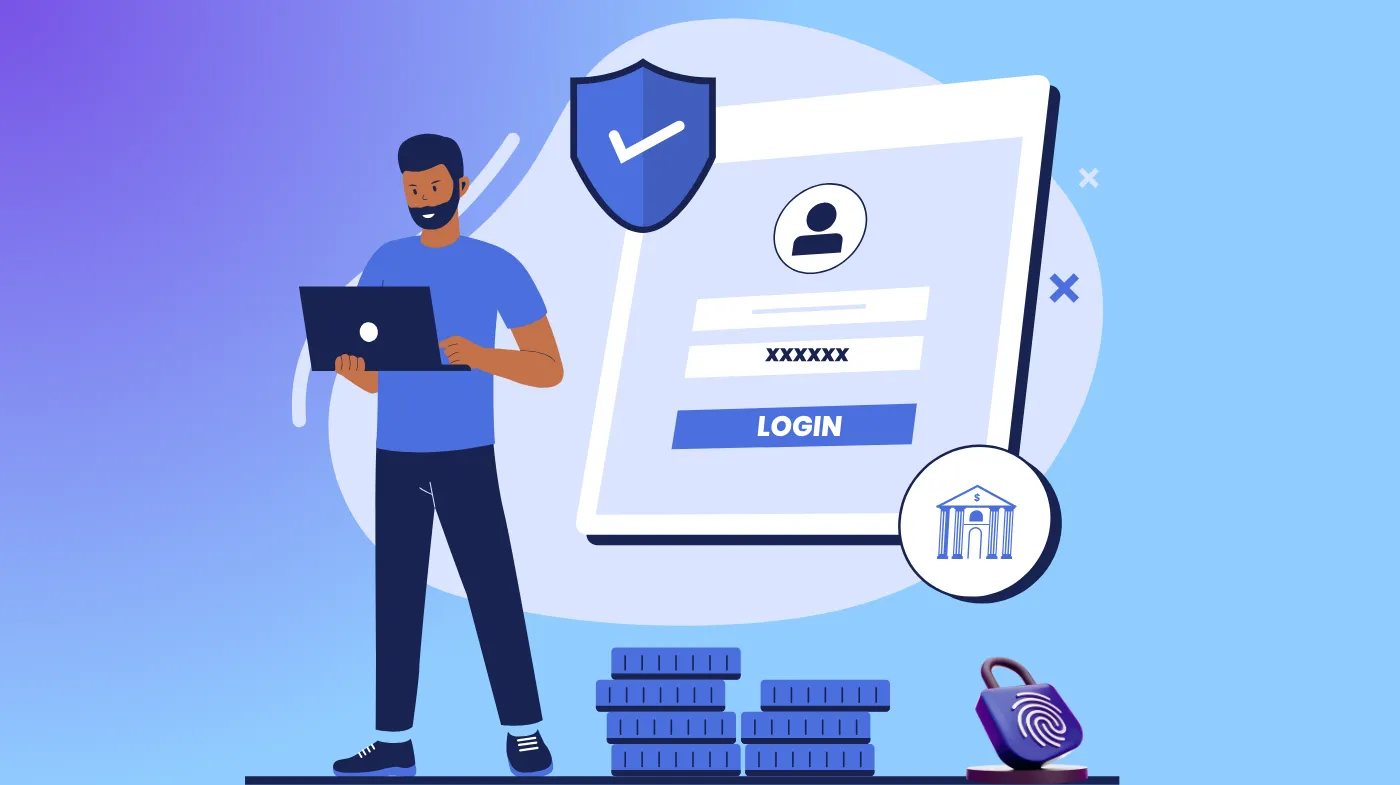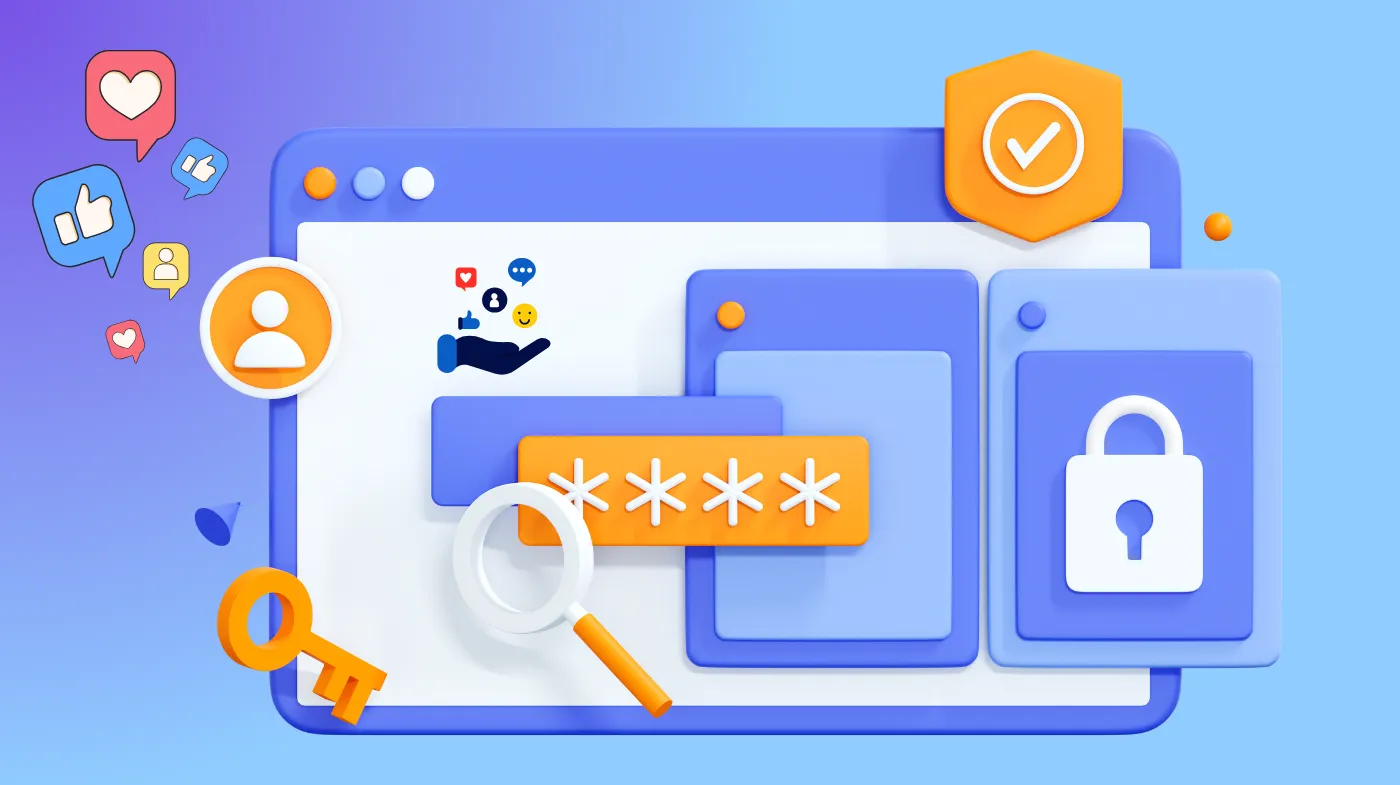
Your digital identity hangs by a thread when hackers strike. Every day, millions fall victim to sophisticated social media breaches that can destroy reputations overnight.
But here’s what cybercriminals don’t want you to know: immediate response strategies and advanced security protocols can turn the tables in your favor.
This comprehensive guide reveals the exact recovery frameworks used by security experts, from emergency containment tactics to bulletproof prevention systems.
You’ll discover how to implement multi-layered authentication, master platform-specific recovery processes, and build an impenetrable digital fortress.
The difference between becoming another statistic and emerging stronger lies in knowing these insider strategies.
Your accounts are under constant threat, but with the right knowledge, you become the hunter, not the hunted.
Immediate Response Actions for Recovering a Compromised Social Media Profile
Taking swift action is crucial when you discover your account has been compromised. Every minute counts in minimizing potential damage.
Assess the Situation Quickly
First, determine if you can still access your account. Try logging in with your current credentials to see if the attacker has changed your password.
If successful, immediately check your account activity, recent posts, messages sent, and any unauthorized changes to your profile information.
Look for signs of compromise, such as posts you didn’t create, messages sent to your contacts, changed profile pictures, or unfamiliar login locations.
Document everything with screenshots for potential evidence if you need to report the incident.
Secure Your Primary Email Account
Your email is often the gateway to all other accounts. If your social media was compromised, there’s a chance your email might be vulnerable too.
Change your email password immediately and enable two-factor authentication if it wasn’t already active.
Consider using an email vulnerability checker to assess your email security posture and identify potential weaknesses that attackers might exploit.
Password Recovery and Reset Procedures
Password recovery is often your first line of defense when regaining access to compromised accounts.
Using Platform-Specific Recovery Options
Each social media platform offers dedicated recovery mechanisms. For Facebook, visit their compromised account reporting page and follow the guided recovery process.
Instagram provides similar tools through its help center, allowing you to report hacked accounts and regain access.
Twitter offers a specific form for account recovery, while LinkedIn allows password resets through its login page.
These platforms typically verify your identity through alternative email addresses or phone numbers associated with your account.
When Standard Recovery Fails
If traditional recovery methods don’t work because the attacker changed your recovery information, escalate to the platform’s support team.
Provide as much verification information as possible, including previous passwords, account creation dates, and recent activity you can verify.
Some platforms may ask for a government-issued ID to verify your identity. While this process can take several days, it’s often the most reliable way to prove legitimate ownership when other methods fail.
Strengthening Account Security

Once you regain access, implementing robust security measures prevents future compromises.
Implementing Multi-Factor Authentication
Multi-factor authentication (MFA) adds an essential security layer beyond passwords. Enable this feature on all your social media accounts immediately after recovery.
Choose app-based authenticators over SMS when possible, as they’re more secure against SIM swapping attacks.
Most platforms support authenticator apps like Google Authenticator or Authy. These generate time-based codes that change every 30 seconds, making unauthorized access extremely difficult even if your password is compromised.
Creating Unbreakable Passwords
Use a complex password generator to create unique, strong passwords for each account. These tools generate random combinations of uppercase letters, lowercase letters, numbers, and special characters that are virtually impossible to guess or crack through brute force attacks.
Never reuse passwords across multiple platforms. If one account gets breached, unique passwords prevent attackers from accessing your other accounts.
Consider using a reputable password manager to store and generate these complex passwords securely.
Platform-Specific Recovery Strategies
Different platforms have unique vulnerabilities and recovery processes that require tailored approaches.
Social Media Giants: Facebook, Instagram, Twitter
Facebook and Instagram, both owned by Meta, have comprehensive security centers with step-by-step recovery guides.
They offer options to secure your account even if you can’t access your email or phone number. Their AI-powered systems can sometimes detect unusual activity and automatically secure accounts.
Twitter’s recovery process involves completing detailed forms and may require patience as their support team manually reviews cases. They’re particularly thorough in verifying account ownership to prevent false claims.
Streaming Services
Recent incidents have highlighted vulnerabilities in streaming platforms. When a Crunchyroll account compromised situation occurs, users often face unique challenges because these platforms store payment information and viewing history.
The recovery process typically involves contacting customer support directly and may require verification of subscription details.
Streaming platforms often have additional security features like device authorization, where you can see and remove unfamiliar devices that have accessed your account.
Short-Form Video Platforms
TikTok profile breach incidents have become increasingly common due to the platform’s massive user base and valuable personal data.
TikTok’s recovery process involves their support system, but users should also check for unauthorized content, changed privacy settings, and suspicious follower activity.
The platform’s algorithm means that malicious content posted by attackers can quickly gain traction, making a rapid response essential to prevent reputational damage.
Advanced Security Measures
Beyond basic recovery, implementing advanced security practices provides long-term protection.
Regular Security Audits
Conduct monthly reviews of your account activity, including login locations, connected apps, and authorized devices. Remove any unfamiliar or unused applications that have access to your accounts, as these can be entry points for attackers.
Check your account’s download data periodically to see what information platforms have collected about you. This helps you understand your digital footprint and identify any unusual data patterns.
Network and Device Security
Ensure your home network is secure with WPA3 encryption and regularly updated router firmware. Avoid accessing sensitive accounts on public Wi-Fi networks, and consider using a VPN for additional protection when you must use unsecured connections.
Keep your devices updated with the latest security patches and use reputable antivirus software. Mobile devices should have screen locks enabled and apps should be downloaded only from official stores.
Prevention and Ongoing Protection

Proactive measures are more effective than reactive recovery efforts.
Recognizing Social Engineering Attacks
Attackers often use social engineering tactics to gain access to accounts. Be suspicious of urgent messages claiming your account will be deleted, requests for password verification, or links asking you to log in to “verify” your account.
Legitimate platforms never ask for passwords through email or direct messages. When in doubt, navigate to the platform directly through your browser rather than clicking links in messages.
Building a Security-First Mindset
Treat your social media accounts as valuable digital assets requiring protection. Regularly update privacy settings, limit personal information sharing, and be cautious about accepting friend requests or followers from unknown accounts.
Consider the long-term implications of your posts and the personal information you share. Attackers often use publicly available information to answer security questions or craft convincing phishing attempts.
Frequently Asked Questions
How long does it typically take to recover a hacked social media account?
Recovery time varies significantly depending on the platform and severity of the compromise. Simple password resets can take minutes, while complex cases requiring manual review may take 3-7 business days.
Having proper documentation and verification information ready can expedite the process considerably.
Should I create a new account if recovery seems impossible?
Creating a new account should be a last resort. Exhaust all recovery options first, including escalating to higher-level support teams. New accounts lose your connection history, content, and established online presence.
However, if recovery fails after extensive attempts, starting fresh with enhanced security measures may be necessary.
Can I prevent my account from being hacked again after recovery?
While no system is 100% secure, implementing strong passwords, multi-factor authentication, regular security audits, and staying informed about current threats significantly reduces your risk. The key is maintaining consistent security practices rather than relying on one-time fixes.
What should I do if the hacker posts inappropriate content on my account?
Document everything with screenshots before deleting malicious content. This evidence may be necessary for platform appeals or legal proceedings.
Notify your contacts about the compromise to prevent them from engaging with malicious content. Most platforms have policies protecting users from content posted during confirmed security breaches.
Take Control After a Social Media Compromise and Strengthen Your Digital Defenses
Recovering from a social media compromise requires patience, persistence, and proactive security measures.
The digital landscape continues evolving, with new threats emerging regularly, but your response can determine whether a breach becomes a minor inconvenience or a major crisis.
By implementing comprehensive recovery strategies and maintaining robust security practices, you transform from a potential victim into a digitally resilient individual.
Remember, the goal isn’t just recovery, it’s building an impenetrable digital fortress that protects your online identity for years to come.
